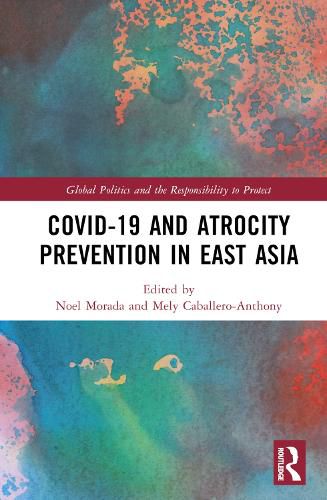Covid-19 and Atrocity Prevention in East Asia

Covid-19 and Atrocity Prevention in East Asia
This edited volume examines the multifaceted impact of the COVID-19 pandemic on peoples and states in East Asia.
The book brings together selected case studies in Southeast Asia and the wider East Asian region that analyse how states in the region have responded to the pandemic and its multi-dimensional threats to human security, including risks of atrocity crimes. In the context of protecting human security and upholding the Responsibility to Protect (R2P), the work analyses how such a consequential crisis has compounded socio-economic and political problems, exacerbated societal fault lines, and created new types of risks for people’s safety and security. Using the United Nations Framework of Analysis for Atrocity Crimes: A Tool for Prevention, the book presents seven case studies that identify relevant risks factors confronting selected countries and the extent to which the global pandemic has magnified and/or exacerbated such risks for affected populations. It draws key lessons on how states should manage extant and emerging risks for atrocity crimes and how they can build and enhance their capabilities for preventing atrocities in both conflict-affected and relatively stable states, particularly within the context of Pillar 1 (prevention) and Pillar 2 (capacity building) of the R2P principle.
This book will be of much interest to students of the Responsibility to Protect, humanitarian protection, Asian politics, International Relations and Security studies.
This item is not currently in-stock. It can be ordered online and is expected to ship in approx 2 weeks
Our stock data is updated periodically, and availability may change throughout the day for in-demand items. Please call the relevant shop for the most current stock information. Prices are subject to change without notice.
Sign in or become a Readings Member to add this title to a wishlist.


